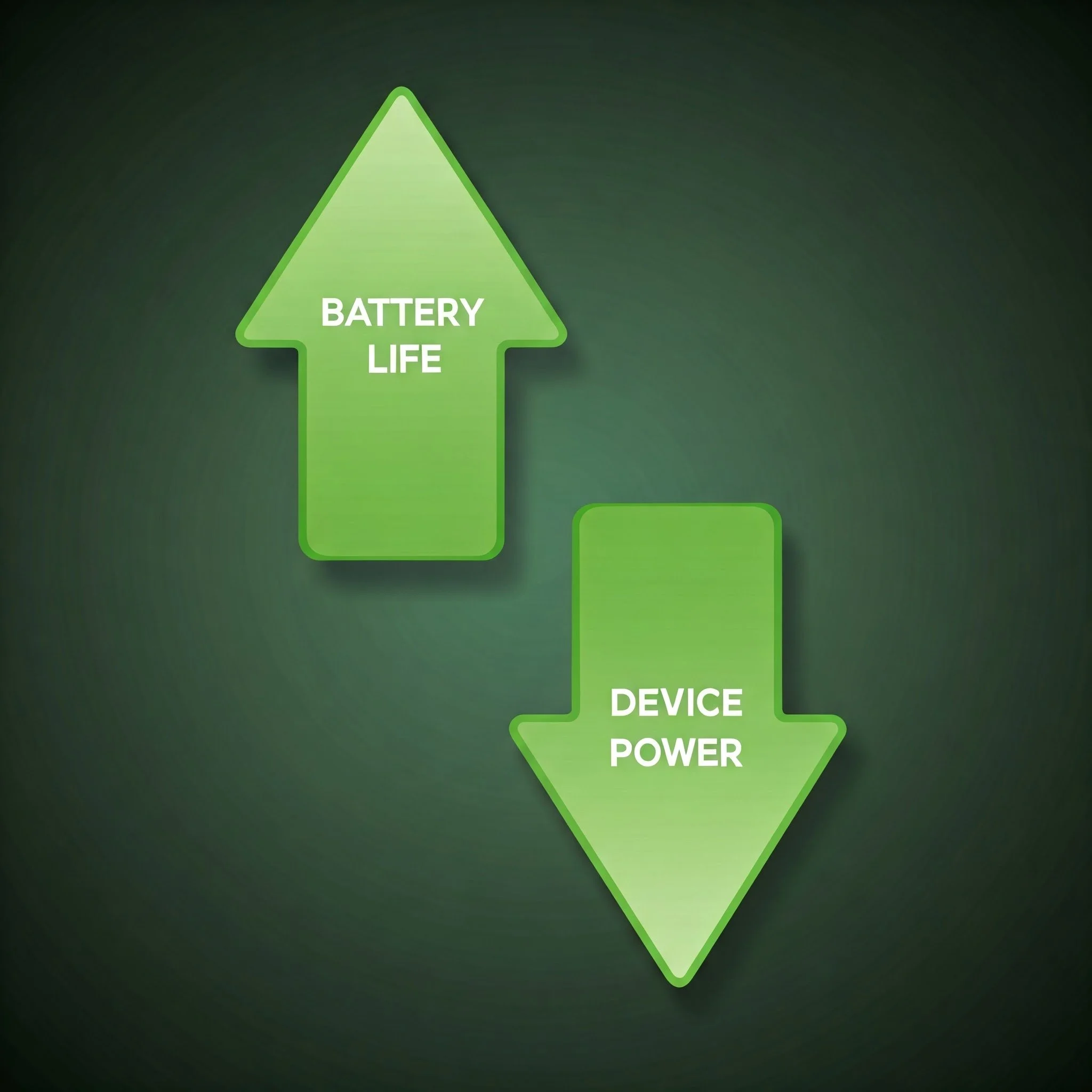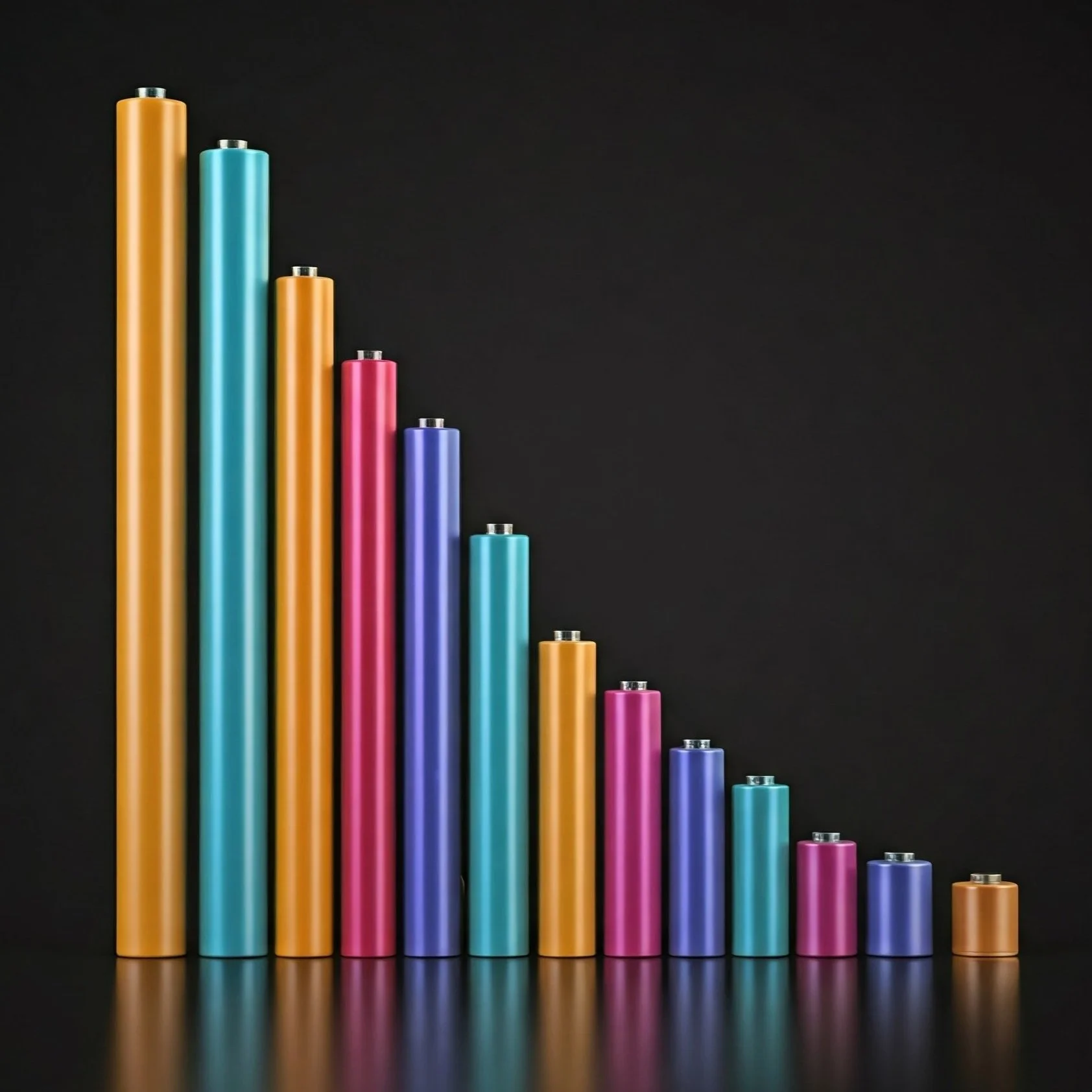Reduced Power Usage and the Growth of Office Battery Power
What it means for Flexible Workspaces, Agile Workplaces, and DC-Powered Buildings
by Robert Kroon
August Berres has identified three market segments for battery power in offices. These are defined by user intent.
In the first segment, Flexible Workspaces, there are casual and formal work areas. Because many desirable workspaces do not have available power, portable battery power is important.
In the Agile Workplaces segment, furniture and fixtures are mobile, not fixed. Battery power is important because it untethers the furniture from wall or floor receptacles.
August Berres C-Power delivers 200 Watt-Hours of reliable energy, expertly designed to power flexible workspaces, agile workplaces, and DC-powered buildings.
In the DC-powered Building segment, battery power is a DC endpoint. Battery power is important because it eliminates an energy-wasteful AC to DC conversion and wiring to individual workstations.
What is the future for each of these segments? Consider the influence of future devices that use less power.
Progress in the last 10 years
Since 2014, there has been a dramatic shift in electronic device power consumption and battery life. Due to technological advancements and an increasing demand for energy-efficient solutions, manufacturers have made notable progress in reducing power consumption while also extending battery life.
Key Trends:
Power Consumption: Power consumption for electronic devices has steadily declined since 2014. This is due to several factors, including developing more energy-efficient components, improved power management techniques, and adopting new display technologies. The power consumption of laptops has decreased by over 50% since 2014.
Battery Life: At the same time, battery life has steadily increased. This is due to advancements in battery technology and the development of more efficient power management systems. In 2014, the average smartphone had a battery life of around 8 hours. Today, the average smartphone has a battery life of over 12 hours.
What’s Next
Laptop Computers
In 2020, Apple announced that it would be transitioning its Mac computers from Intel processors to its custom-designed ARM-based chips, which they call "Apple silicon." This was a huge move, as Macs had been using Intel processors for about 15 years
ARM stands for Advanced RISC Machines. It's a type of processor architecture (a set of rules and instructions that dictate how a processor works). RISC (Reduced Instruction Set Computing) is a design philosophy that focuses on simpler instructions, which can lead to greater efficiency and lower power consumption compared to traditional CISC (Complex Instruction Set Computing) architectures like those used by Intel.
How much less power consumption? According to Apple:
MacBook Air (M1, M2, M3): Apple claims up to 18 hours of battery life for video playback. In real-world use, you can often get 10-15 hours of mixed-use (web browsing, email, productivity tasks).
13-inch MacBook Pro (M1, M2): Apple claims up to 20 hours of battery life for video playback. In real-world use, expect something similar to the MacBook Air, perhaps slightly longer due to a slightly larger battery.
14-inch and 16-inch MacBook Pro (M1 Pro, M1 Max, M2 Pro, M2 Max): These models are designed for more demanding tasks and have powerful chips, so battery life is generally lower. Expect 10-12 hours of mixed use, although it can vary significantly depending on the workload.
As of June 2023, the entire Mac lineup uses Apple silicon chips, which are ARM-based. Apple has fully transitioned away from Intel processors.
Expect others to follow. Intel’s x86 architecture is nearing the end of its life.
For example, Microsoft has been working on bringing Windows to ARM-based devices for several years. They've partnered with Qualcomm to create ARM-based processors for laptops and tablets running Windows.
The goal is similar to Apple's: to offer devices that combine performance, long battery life, and always-on connectivity.While Windows on ARM hasn't achieved the same level of mainstream success as Apple silicon in Macs, it's still a significant effort and continues to evolve.
Google is another company focused on ARM technology.
Many Chromebooks already use ARM-based processors, offering a good balance of performance and affordability for web browsing and light productivity tasks. Google is also developing ARM-based chips for its Pixel phones and is reportedly exploring their use in Chromebooks and potentially other devices.
Monitors
Consider the typical 27” monitor as an example.
A basic 27-inch LCD with LED backlighting and 1080p resolution might consume around 25 watts. If that same monitor had a 4K resolution and a 144Hz refresh rate, its power consumption could increase to 35-40 watts or more. On the other hand, a 27-inch OLED monitor displaying mostly dark content could use as little as 10-15 watts.
Consequences for Office Battery Power
Flexible Workspaces
Lower laptop power consumption is a significant factor in the Flexible Workspace segment, suggesting a shelf life of perhaps three to five years at best. The need for supplemental power sources becomes largely unnecessary when laptop battery life is extended beyond eight hours.
Agile Workplaces and DC-powered Buildings
Last century’s power solutions don’t fit this century’s computer devices.
With respect to the Agile Workplace and DC-powered Building segments, the overall feasibility and practicality of the proposed solutions are more practical.
120V AC power is often too high for low-powered devices, creating inefficiencies in energy usage. Moreover, the antiquated standards of electrical infrastructure, which date back a century, require excessive power to be delivered through a limited number of outlets.
This situation leads to many challenges, including supplemental power strips compensating for restricted access to power sources. The existing system is expensive to install and requires substantial financial investment, but it also presents significant difficulties when considering relocation.
Additionally, the risks associated with this outdated setup pose serious safety concerns for users, making it crucial to find more effective and modern solutions.
AC power designs can deliver more than 1500 Watts. If your workspace equipment uses 50 Watts, you are overdesigned by more than 30x. USB-C connections deliver 120 Watts, a more reasonable 2x+ configuration.





